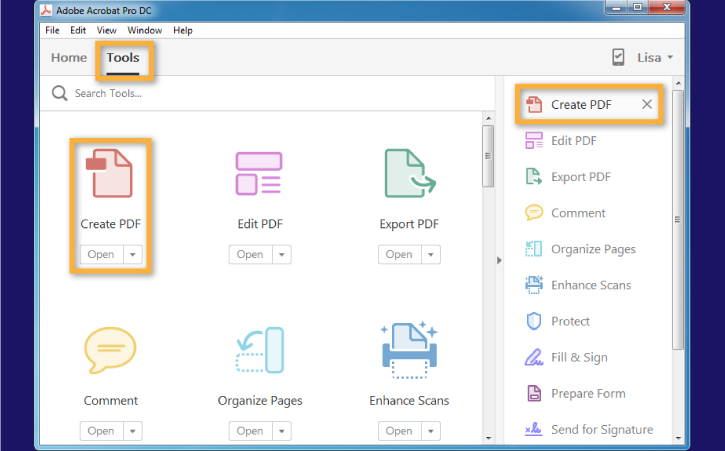How To Find Driver Program For Adobe Form

• The form author makes sure that Automatically Calculate Field Values is selected in the forms preferences, and then creates the form in Acrobat, setting up all the other fields as usual. • The form author adds the barcode field to the form, setting up the barcode so that it captures the needed data. • The form author enables the form for Acrobat Reader users (if the author wants to allow the users to save their own filled-in copy of the form or if it contains certain barcode fields). • The form author distributes the form to other users. • Users fill in the form on their computers and submit it electronically or print a copy and deliver the copy to the form distributor.
• The received barcode data is interpreted in one of the following ways, and can then be reviewed, sorted, and used by the form receiver: Forms faxed to a fax server The form receiver can use Adobe Acrobat Capture® to collect TIFF images from the fax server and place them in an Adobe LiveCycle Barcoded Forms Decoder watched folder, if the receiver owns those products. Forms delivered on paper The form receiver can scan paper forms and then use an application such as LiveCycle Barcoded Forms Decoder to decode the barcodes within those forms.
Select the application area where you wanted to configure your Adobe Form and the Driver Program. Here you can find all the output types which are related to Sales. Select the relevant output type and press on processing routines. Go to change mode and add your Adobe Form name beside to PDF/Smartform Form. A Forms Manager application in LiveCycle Forms Pro ES4 adds support for metadata-driven searches, activating and deactivating form assets, preview, and the ability to manage dependencies across form assets. Until InDesign CS4, Adobe shipped a number of templates with InDesign. However, when CS5 shipped, those templates mysteriously disappeared.
Issues that affect how you design and place barcodes include usability and space. As an example, the barcode size can also limit the amount of data that can be encoded. For the best results, follow these guidelines. • Position the barcode so that it’s unlikely to get folded when placed in an envelope, and position it far enough from the edges of the page so that it won’t get clipped off during printing or faxing. • Position it so that it can be easily seen and scanned. If a handheld scanner will be used, avoid barcodes wider than 4 inches (10.3 cm).
Tall, narrow barcodes generally work best in this case. Also, avoid compressing the contents of the barcode when using a handheld scanner.
• Make sure that the size of the barcode can accommodate the amount of data to encode. If the barcode area is too small, it turns a solid gray.
Be sure to test a completed form before distributing it to make sure that the barcode area is large enough. • In the Options tab, click the Custom button and enter lower values for Error Correction Level and Y/X Ratio.  • In the Options tab, select Compress Data Before Encoding To Barcode, but only if you are using an Adobe software decoder (available separately).
• In the Options tab, select Compress Data Before Encoding To Barcode, but only if you are using an Adobe software decoder (available separately).
Univerzalni plačilni nalog (UPN) je enoten obrazec za vsa plačila, ki je nadomestil posebno položnico in plačilni nalog. Banka IN Prijava za komitente Intese Sanpaolo Bank. Referenciya banka obrazec. Obrazec za negotovinske in gotovinske plačilne transakcije ter pologe in dvige gotovine. Sodobna spletna banka kot podpora vsakemu resnemu poslu.
• In the Value tab, select Tab Delimited rather than XML as the data-encoding format. XML requires more barcode area to encode information than Tab Delimited does. • In the Options tab, select a different Symbology option. • In the Value tab, click the Pick button, and deselect any fields that don’t need encoding. For example, don’t include fields with redundant information. • In the Value tab, enter a custom script that converts user-entered text to either all lowercase or all uppercase characters during the encoding process.